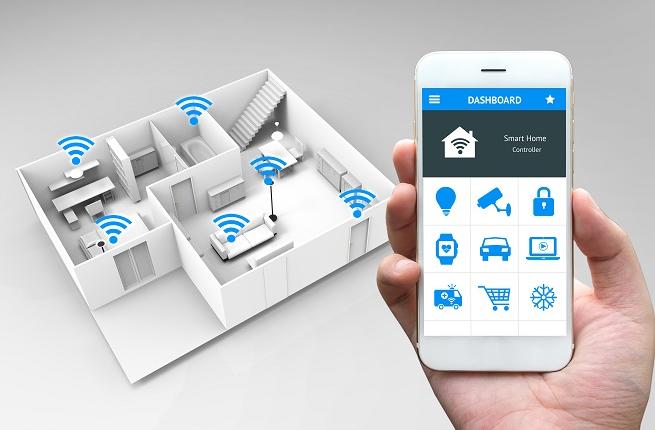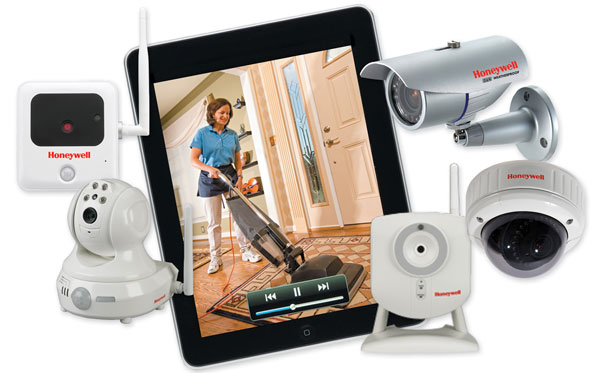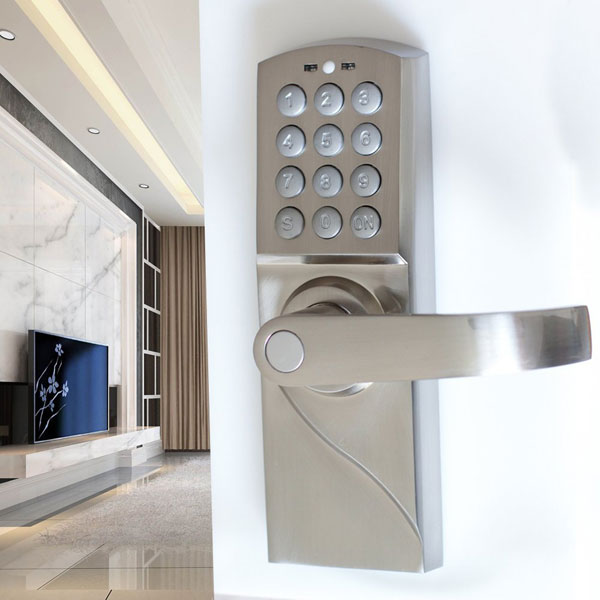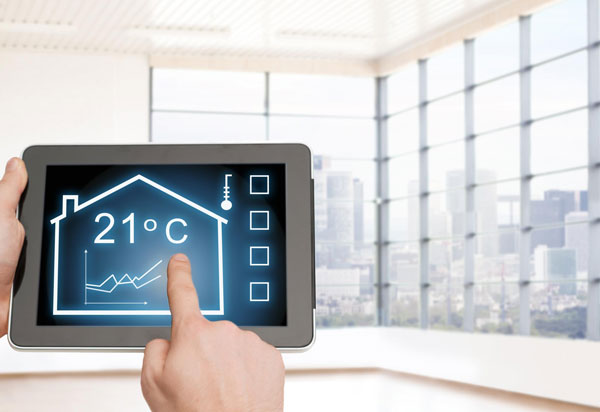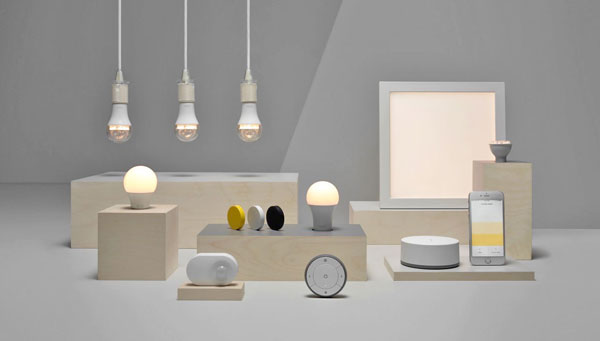 In addition, on glass surfaces, many smart devices, such as iPhones, have what is called an oleophobic coating. This is intended to help avoid the smearing of fingerprints and oils from your skin on your screen. That coating can degrade strong cleaners, such as bleach.
In addition, on glass surfaces, many smart devices, such as iPhones, have what is called an oleophobic coating. This is intended to help avoid the smearing of fingerprints and oils from your skin on your screen. That coating can degrade strong cleaners, such as bleach.However, the cleaning instructions have been revised by many manufacturers, such as Apple and Samsung. A 70 percent isopropyl alcohol solution or (bleach-free) Clorox Disinfecting wipes is approved by Apple. As well as other disinfectants, such as hypochlorous acid-based solutions, Samsung has accepted 70 percent isopropyl or ethanol solutions.
Smartphone and tablet disinfection
Down Strength. First and foremost, before cleaning it, it's important to shut off your phone or tablet and unplug it from its charger. Although you should avoid having any liquid on your computer inside any opening, holding the power off will prevent the electronics, if you do, from shorting out. Remove it and clean it separately if you have a protective case, so you can get into those hard-to-reach areas.
Using a fabric made from microfiber. You want to use lint-free, non-abrasive fabrics that won't scratch surfaces or leave anything behind when you use a cloth to wipe your computer clean. Microfiber cloths are suitable for this, as are those used for cleaning glasses. However, paper towels need to be avoided.
Avoid applying directly. Don't add it directly to your computer while using anything like a 70 percent isopropyl solution. Instead, spray on your cloth or pour a small amount and use it to clean down the surfaces. You can suggest slightly wringing them out before using them to avoid adding too much of the solvent if you are using alcohol or disinfecting wipes.
There are numerous forms of UV light that are known as UV-A, UV-B, and UV-C. UV-C, which is ideal for killing the genetic material that makes these pathogens tick, is used by sterilizers like this. While UV electronic sterilizers can most likely destroy any unwanted hitchhikers on your computer, new viruses and other pathogens are still available that have not yet been tested.
For this purpose, when relying on UV system cleaners, experts advise caution. You should not substitute it for tried and tested disinfecting methods if you want to try out one of these remedies. Instead, use it in conjunction with methods such as isopropyl alcohol solutions and bleach-free disinfecting wipes that are known to be efficient.
Most fitness trackers and smartwatches are designed to withstand a little bit of moisture, unlike a laptop. This makes it slightly easier to clean them. That having been said, before you begin scrubbing, make sure you check your product manual.
You can clean the surface and screen of your watch with 70 percent isopropyl alcohol or Clorox disinfecting wipes. When cleaning the strap, though, you'll need to be careful. They can be made from a range of materials, such as leather, silicon, metal, and even cloth, and they can be hazardous to certain cleaning supplies.
















